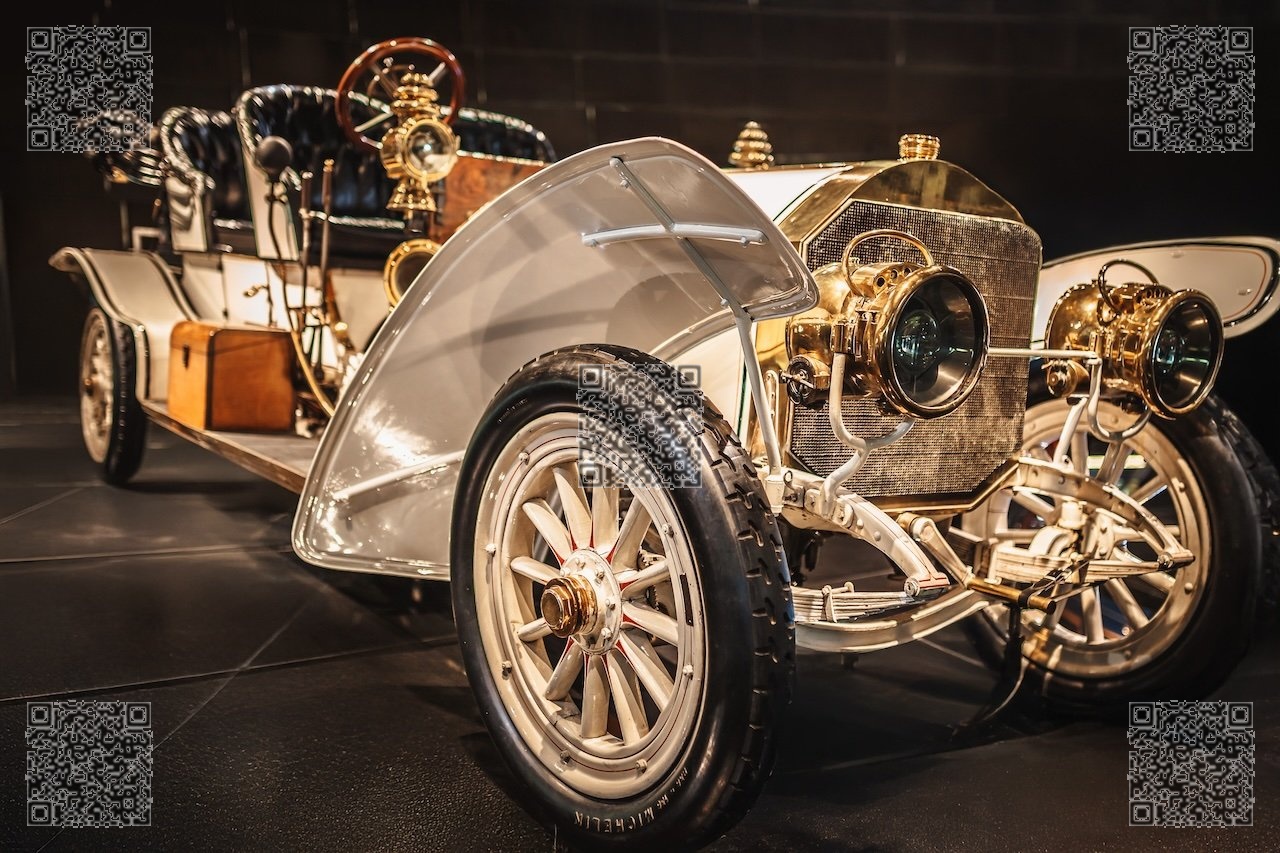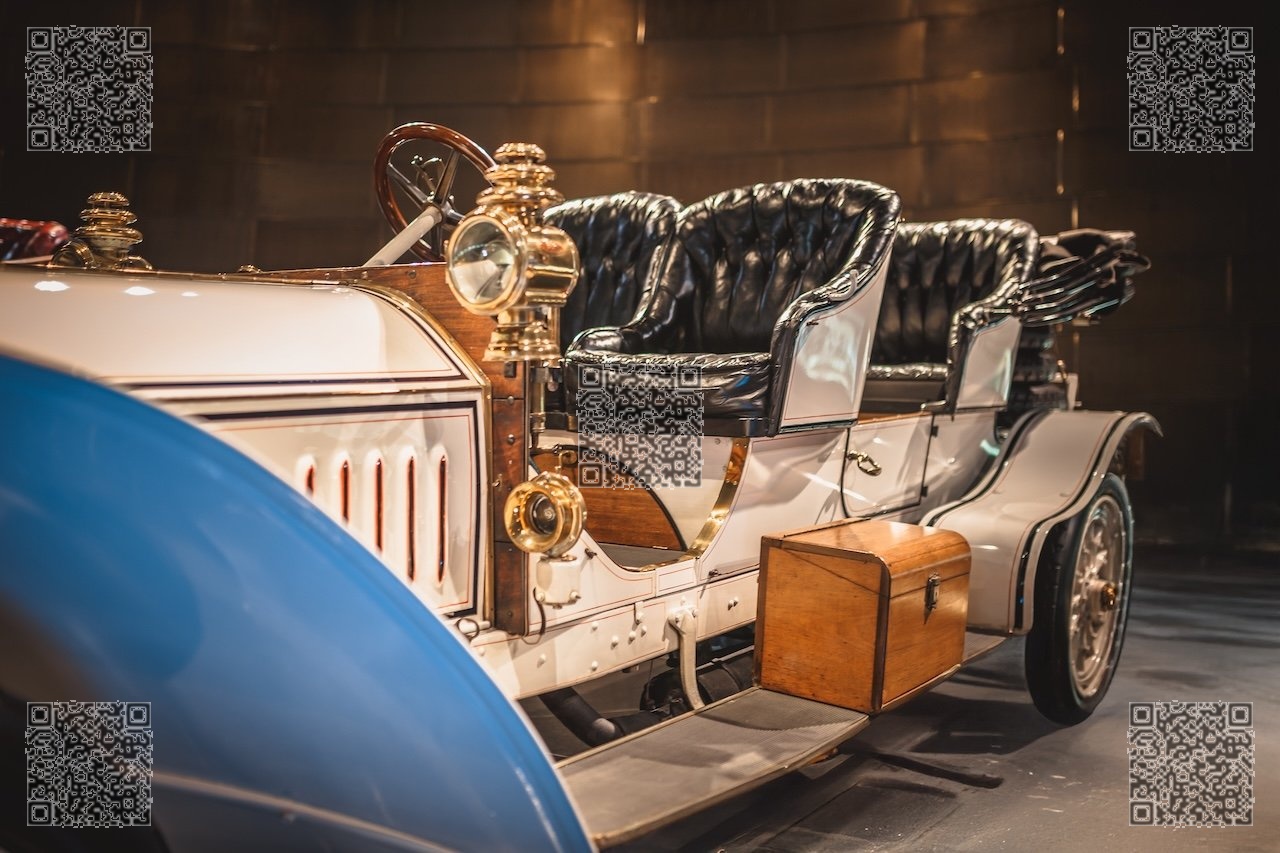The story of the first car in Kerala has long been wrapped in mystery, folklore, and speculation. One name that frequently surfaces in this tale is that of Channar, a prominent figure known for his stature and influence in the region. For years, there has been a rumor that Channar was the first person to own a car in Kerala. However, this claim, though intriguing, does not hold up under close scrutiny.
Historical records indicate that Channar indeed bought a car in 1908, a time when automobiles were still rare and symbolized immense prestige and modernity. However, the suggestion that his car was the first in Kerala is inaccurate. The honor of the first car in the region likely belongs to the ruling elite. It was the King of Travancore and the Diwan of Travancore who initially introduced cars to the state, bringing these mechanical marvels into the public consciousness several months, or possibly years, before Channar’s purchase. This was not surprising, as the ruling class of princely states often had early access to the latest technological advancements as a reflection of their power and forward-thinking governance.

The image of Channar’s car rolling down the dirt roads of early 20th-century Kerala must have been a spectacle. Unlike the simpler vehicles seen in earlier years, Channar’s purchase was a 1907 Mercedes 75PS Doppelphaeton—a car that stood out not just for its rarity but for its engineering marvel. The Mercedes 75PS was the first mass production car of Daimler-Motoren-Gesellschaft (DMG) and came equipped with a powerful 6-cylinder engine, a significant technical achievement at the time. Capable of delivering a robust performance, this car was fitted with advanced engineering that allowed it to reach impressive speeds for that era, underscoring the mechanical progress of the early 1900s.

What added further intrigue was the fact that Channar had chosen to import the car directly from Germany, bypassing the more conventional route of sourcing automobiles through British suppliers. This choice was not without consequences. It was rumored that the British, who maintained a dominant influence in India, expressed displeasure at Channar’s decision to engage with a German manufacturer. In an era where colonial loyalties often dictated trade practices, Channar’s move to opt for the innovative German automobile industry signaled a subtle act of defiance and independence. This import from Germany marked a shift in perceptions—pushing the boundaries of what the local elite could aspire to, independent of British approval.

The sight of this gleaming Mercedes, with its elegant Doppelphaeton body style—complete with a double phaeton seating arrangement that was as luxurious as it was practical—would have sparked awe and admiration. The car, with its open-top design and powerful 6-cylinder engine, symbolized cutting-edge luxury and technological advancement. For the local population, many of whom had only heard whispers of such mechanical wonders or seen rough sketches in illustrated periodicals, witnessing this vehicle in motion must have been transformative. The car’s presence became more than just a mode of transport; it was a rolling declaration of status, modernity, and the audacity to challenge the norms set by the British colonial powers.
In conclusion, while Channar’s car was certainly among the earliest in the region, it was not the very first. The King of Travancore, the Diwan, and even colonial figures like the Governor of the Madras Presidency had already brought vehicles into the area. Yet, Channar’s car carried a different kind of prestige—it signified that the winds of change were reaching beyond the palaces and administrative centers, finding their way into the hands of influential citizens. His 1908 purchase was a milestone, not for being the first, but for being an early testament to the growing embrace of modern technology by the broader, albeit elite, society of Kerala. The fact that this car came from Germany, in defiance of British expectations, added a layer of complexity to the narrative, illustrating Channar’s ambition to carve his own path in a rapidly modernizing world.



